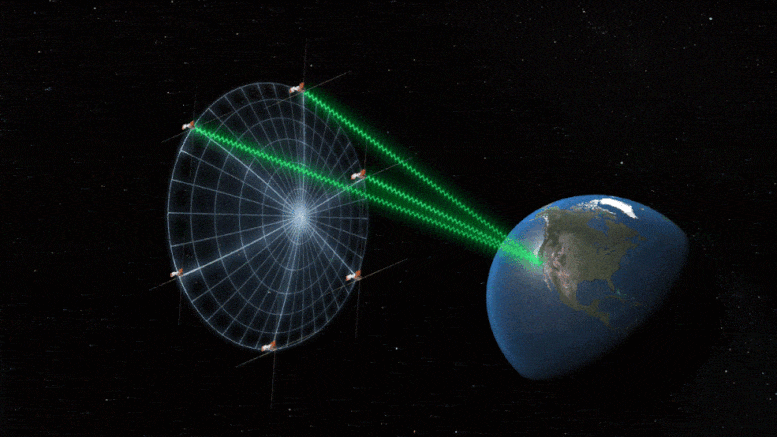The countdown to our Artemis I Moon mission …
A Moon-observing small satellite hitching a ride on Artemis I …
And some other tiny satellites that could help us better prepare for space weather … a few of the stories to tell you about – This Week at NASA!
Countdown to Artemis I Moon Mission
NASA is targeting Thursday, August 18 for the rollout of the Space Launch System or SLS rocket and Orion spacecraft to Launch Pad 39B at our Kennedy Space Center. We will provide a live stream of the move on the NASA Kennedy YouTube channel. The SLS and Orion are targeted for a no earlier than Monday, August 29 liftoff on the uncrewed Artemis I test flight around the Moon and back. The test flight is the first in a series of increasingly complex missions to help us establish a long-term presence on the Moon in preparation for sending astronauts on to Mars.
Moon-observing CubeSat Ready for Artemis Launch
NASA’s Lunar IceCube, a water-scouting CubeSat, is preparing to hitch a ride to the Moon as part of our uncrewed Artemis I mission. The small lunar-orbiting satellite will use a spectrometer to investigate lunar ice on the surface of the Moon. Scientists are interested in the absorption and release of water from the Moon’s rocky and dusty surface – or regolith. Lunar IceCube will also study the exosphere — a very thin atmosphere-like volume surrounding the Moon. By understanding the dynamics of water and other substances on the Moon, scientists will be able to predict seasonal changes for lunar ice that could impact its use as a resource in the future.

This animation shows the six SunRISE SmallSats tracing out a virtual space telescope as they detect a solar radio burst (shown as blue ripples) and then transmit their data (shown as green wavy lines) to the Deep Space Network on Earth. Credit: NASA
First of SunRISE SmallSats Completed
The first of six toaster-size satellites for our Sun Radio Interferometer Space Experiment or SunRISE has been completed. The tiny satellites will combine to form a 6-mile-wide telescope in space capable of detecting bursts of radio waves from the Sun’s superheated atmosphere, known as the corona. SunRISE will help scientists better understand explosive space weather events. These phenomena generate particle radiation that can jeopardize astronauts and technology in space and adversely affect communications and power grids on Earth. SunRISE is targeted for launch in 2024.

An artist’s conception of the Landsat 9 spacecraft, the ninth satellite launched in the long-running Landsat program, high above the Western US. Credit: NASA’s Goddard Space Flight Center/Conceptual Image Lab
NASA Transfers Landsat 9 Satellite to USGS
On August 11, NASA transferred ownership and operational control of the Earth-observing Landsat 9 satellite to the U.S. Geological Survey or USGS. Landsat 9 is the most recent in the Landsat series of remote-sensing satellites, which provide global coverage of landscape changes on our home planet. The Landsat program – a joint effort between NASA and USGS – recently marked 50 years of continuous service observing Earth from space.
Earth From Space in 4K – Expedition 65 Edition
Seeing Earth from space with your own eyes is a unique experience. But this recently released ultra-high-definition video might just be the next best thing. Imagery in the video was captured between April and October 2021 during the Expedition 65 crew’s time aboard the International Space Station. Check it out for yourself — the video is embedded above.
NASA Television Transponder Change Effective Monday, August 29
A quick note about an upcoming change for NASA Television. NASA TV programming on the Galaxy 13 domestic satellite is moving from transponder 11 to transponder 15. Currently, both transponders are active, but distribution of NASA TV programming on transponder 11 will end on Monday, August 29. For complete details, please visit go.nasa.gov/transponder.
That’s what’s up this week @NASA






